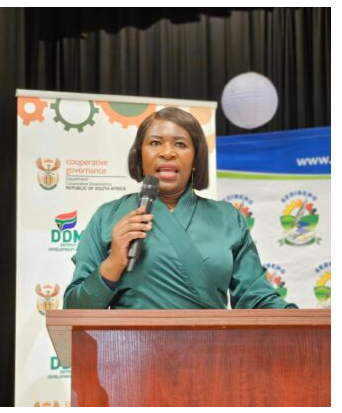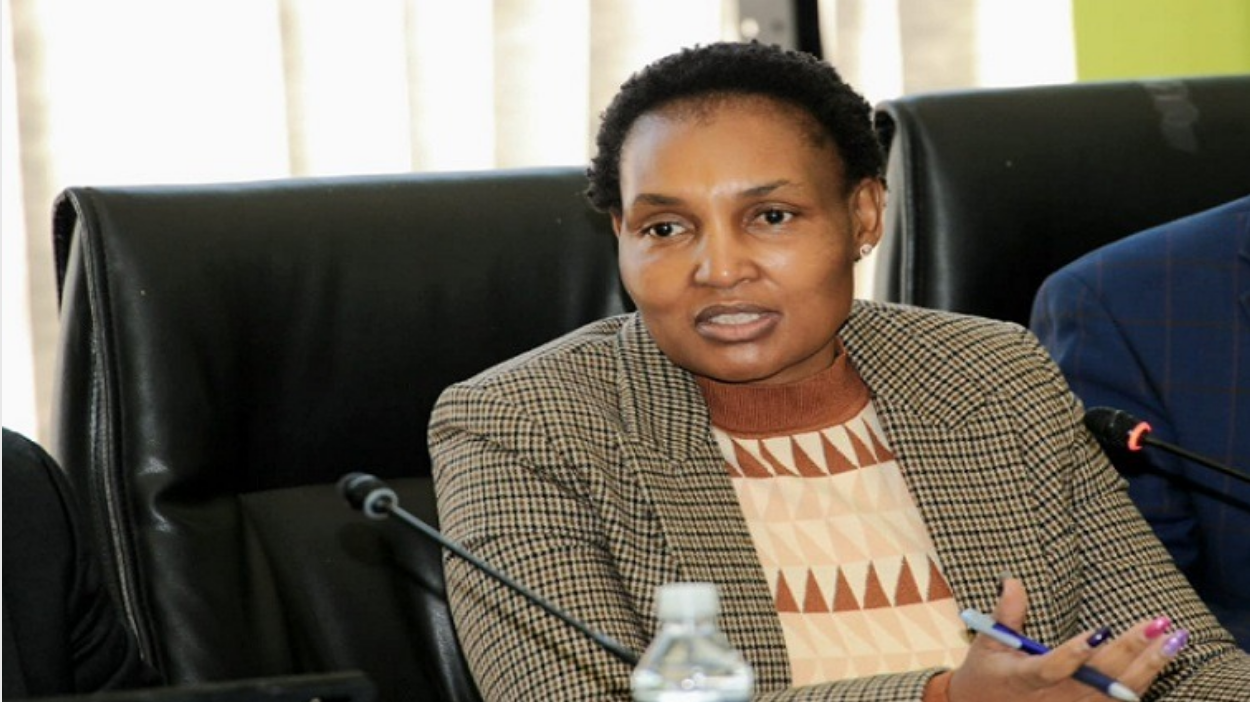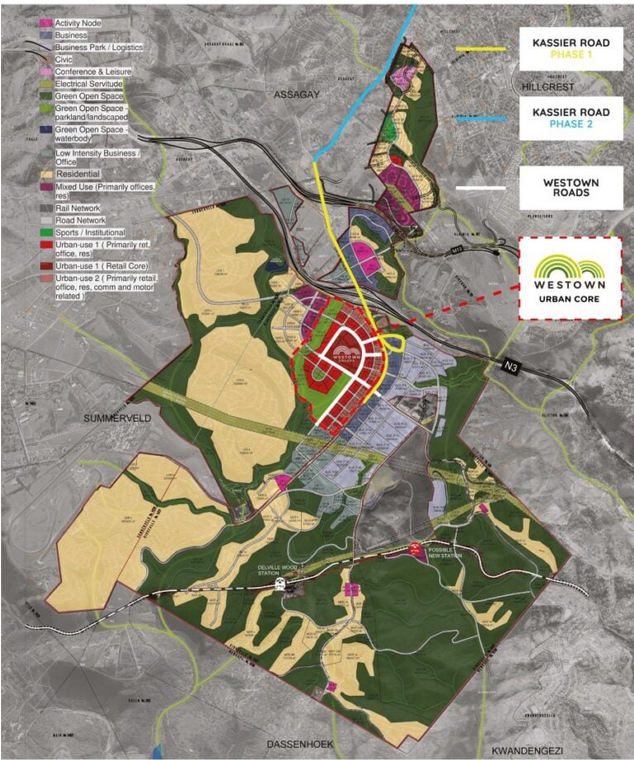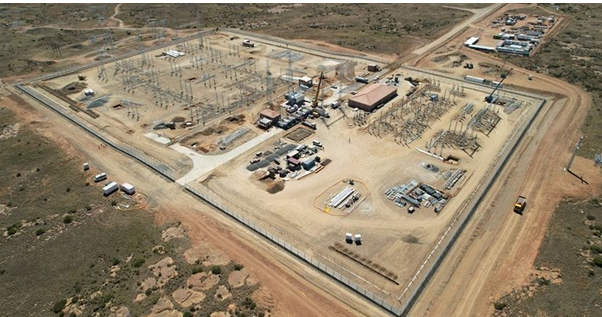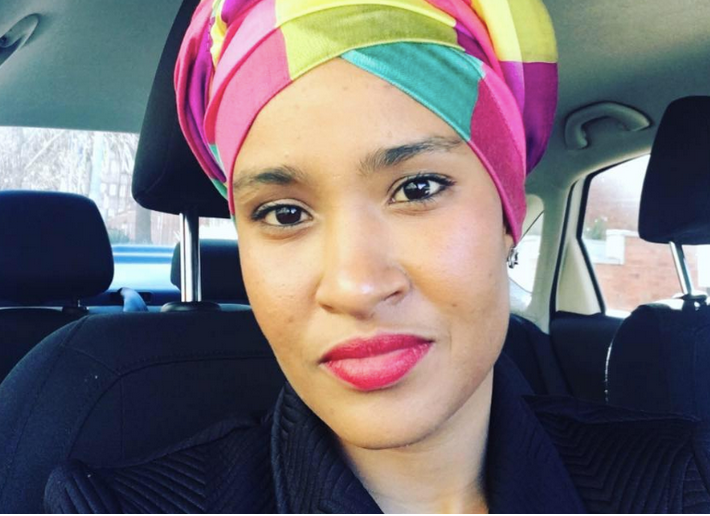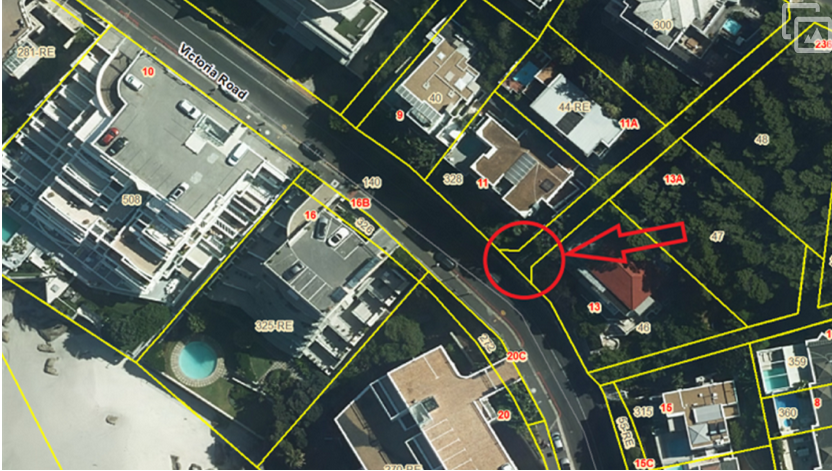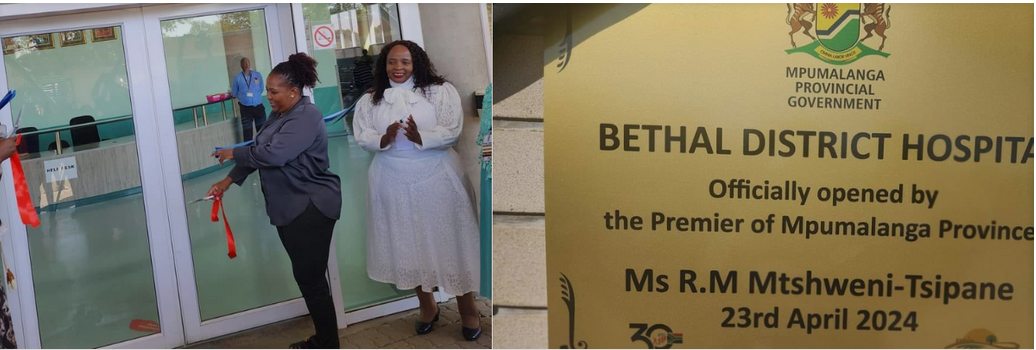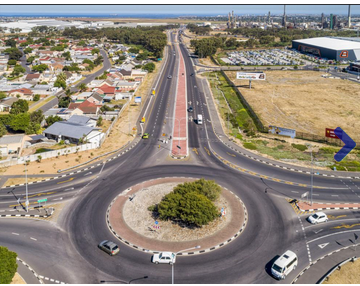This is how new BEE rules on public procurement impact businesses

21-09-2017
Read : 798 times
Fin24
Source
Stellenbosch - Recent media reports have questioned schemes employed by state bodies, such as South African Airways (SAA), to provide preference to certain categories of businesses when acquiring goods and services.
While the legal rules governing such preferential procurement schemes under the Preferential Procurement Policy Framework Act of 2000 (the PPPFA) were originally very narrow, recent amendments to these rules have opened up new options for organs of state.
Unlike private companies that can transact in whatever way and with whomever they want, organs of state are bound by fairly strict legal rules when they wish to buy goods or acquire services from suppliers in the market (commonly referred to as public procurement).
These rules, constituting public procurement law, largely prescribe how organs of state must go about approaching the market, how to decide on a supplier to contract with and on what terms.
Economic transformation
In South Africa, an important dimension of public procurement law is the granting of preferences to certain categories of suppliers in support of economic transformation.
This practice, which is known as preferential procurement, is based on section 217(2) of the Constitution, which allows for “categories of preference in the allocation of contracts”.
The PPPFA provides the statutory framework for preferential procurement and the details of the regime are contained in its regulations.
On 1 April 2017, a new set of regulations, the Preferential Procurement Regulations, 2017, came into operation. The previous set of Preferential Procurement Regulations, 2011, only allowed for what is called an award stage price preference.
Preferential bidders
This means that at the stage of tender adjudication when bids are compared (the award stage), a fixed percentage preference is given to bidders that meet certain preferential criteria.
That is, a fixed number of percentage points for preferential criteria (the preference points) are added to the price calculation for each bidder to arrive at that bidder’s final score. The final score largely determines who wins the tender.
The preference points are calculated with reference to the bidder’s formal broad-based black economic empowerment (B-BBEE) status.
A simple matrix is used. It prescribes how many preference points are allocated for each level of B-BBEE status. For instance, a B-BBEE level 4 bidder could score 12 out of 20 or 5 out of 10 preference points, depending on the size of the contract.
Under the 2011 regulations, this was the only mechanism to provide preference and organs of state could not, for example, reserve contracts completely for bids from certain categories of bidders.
Drastic change
This position has now drastically changed under the 2017 regulations. While still retaining the price preference scheme of the previous regulations, the 2017 regulations also introduce set-asides at the qualification stage and mandatory subcontracting conditions at the implementation stage of adjudication.
A further important addition is that, while the final score still largely determines who should win the tender, the bid may only be awarded to a bidder offering a market-related price.
Organs of state are mandated to negotiate with the highest scoring bidder(s) to reach a market-related price if not originally offered.
Pre-qualification criteria
The first new mechanism, called “pre-qualification criteria”, allows organs of state to reserve entire contracts for bidders within specific categories.
The regulations prescribe what these categories may be. It includes certain small businesses or bidders that subcontract at least 30% of the contract to small businesses 51% owned by black women or black youth, for example.
When organs of state use this mechanism - and it is within an organ of state’s discretion whether to do so or not - only bidders meeting these criteria will qualify for the contract and all others will simply be disqualified.
Mandatory subcontracting rule
The second new mechanism is the mandatory subcontracting rule. Under the 2017 regulations, a bidder that wins a public contract of a value above R30m will be obliged to subcontract at least 30% of the contract to certain designated groups as identified by the organ of state, but again from the same list of options used for pre-qualification.
An example would be a small business which is 51% owned by black people living in rural areas or by black military veterans.
The crux of the new subcontracting rule lies, however, in the condition that subcontracting must be feasible in the given case.
While the regulation states that the organ of state must prescribe subcontracting as a condition of contract, it is only obliged to do so if subcontracting is feasible.
The organ of state will ostensibly have to decide whether subcontracting is feasible or not, but it is an objective standard, meaning that the feasibility determination can be tested in a court.
The 2017 regulations apply to all procurements started after 1 April 2017.
In contrast to the straight forward, mechanical application of preference points under the previous regulations to implement preferential procurement, organs of state will now have to apply their minds to two additional mechanisms geared at preferential procurement, namely pre-qualification set-asides and subcontracting.
This new preferential procurement regulatory regime has significantly increased the preferential dimension of public procurement.
Recent News
Here are recent news articles from the Building and Construction Industry.
Have you signed up for your free copy yet?
